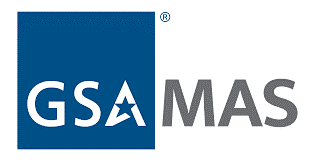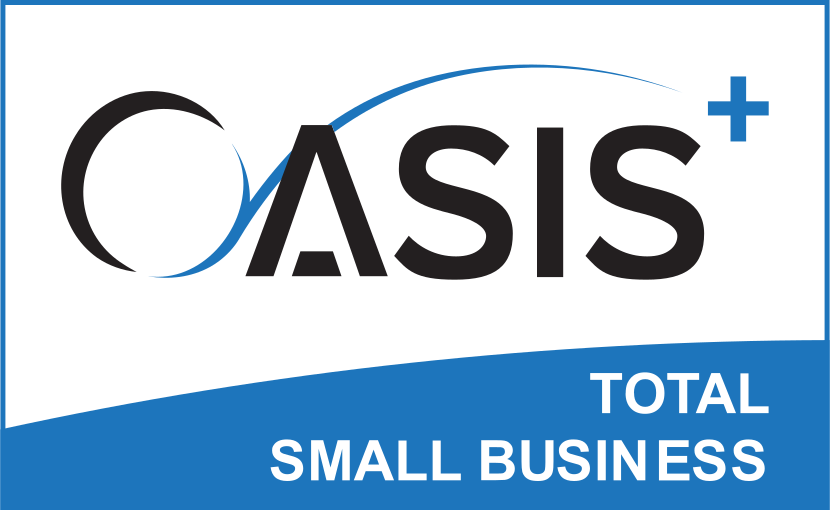This is a Past Webinar
Thursday, Aug 22, 2019 from 02:00 to 03:00pm (U.S. Eastern Standard Time)
There are over 5 billion searches on google every day. There are multiple ways to tag (classify) your website content – including indexing your content using search engines and creating a taxonomy (keyword list) and tagging them manually. For very large sites, with over 10k pages, manually tagging can be time consuming and costly. Machine learning technologies such as Google AutoML and Amazon Comprehend can help to reduce costs and create efficiencies in this area.
Google Cloud AutoML
Cloud AutoML is a suite of machine learning products that enables developers with limited machine learning expertise to train high-quality models specific to their business needs. It relies on Google’s state-of-the-art transfer learning and neural architecture search technology.
Amazon Comprehend
Amazon Comprehend, natural language processing (NLP) service, uses machine learning to help you uncover the insights and relationships in your unstructured data. The service identifies the language of the text; extracts key phrases, places, people, brands, or events; automatically organizing a collection of text files by topic.
We will review 2 case studies of different approaches to classify and tag web content.
Case Study 1:
Existing Taxonomy: Using the National Library of Medicine’s PubMed abstracts as training data (google automl) to tag Alzheimer’s studies
Case Study 2:
Tagging articles with Meta Data for public search engines – e.g. USDA Blog Content using Amazon Comprehend’s build in topic modelling. Consider Integrating with Google Analytics, using microdata, as a feedback loop to feed improved user data into your analytics strategy.




